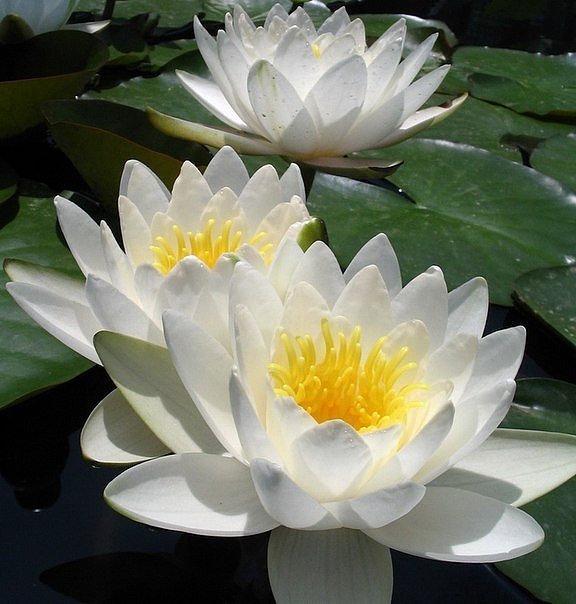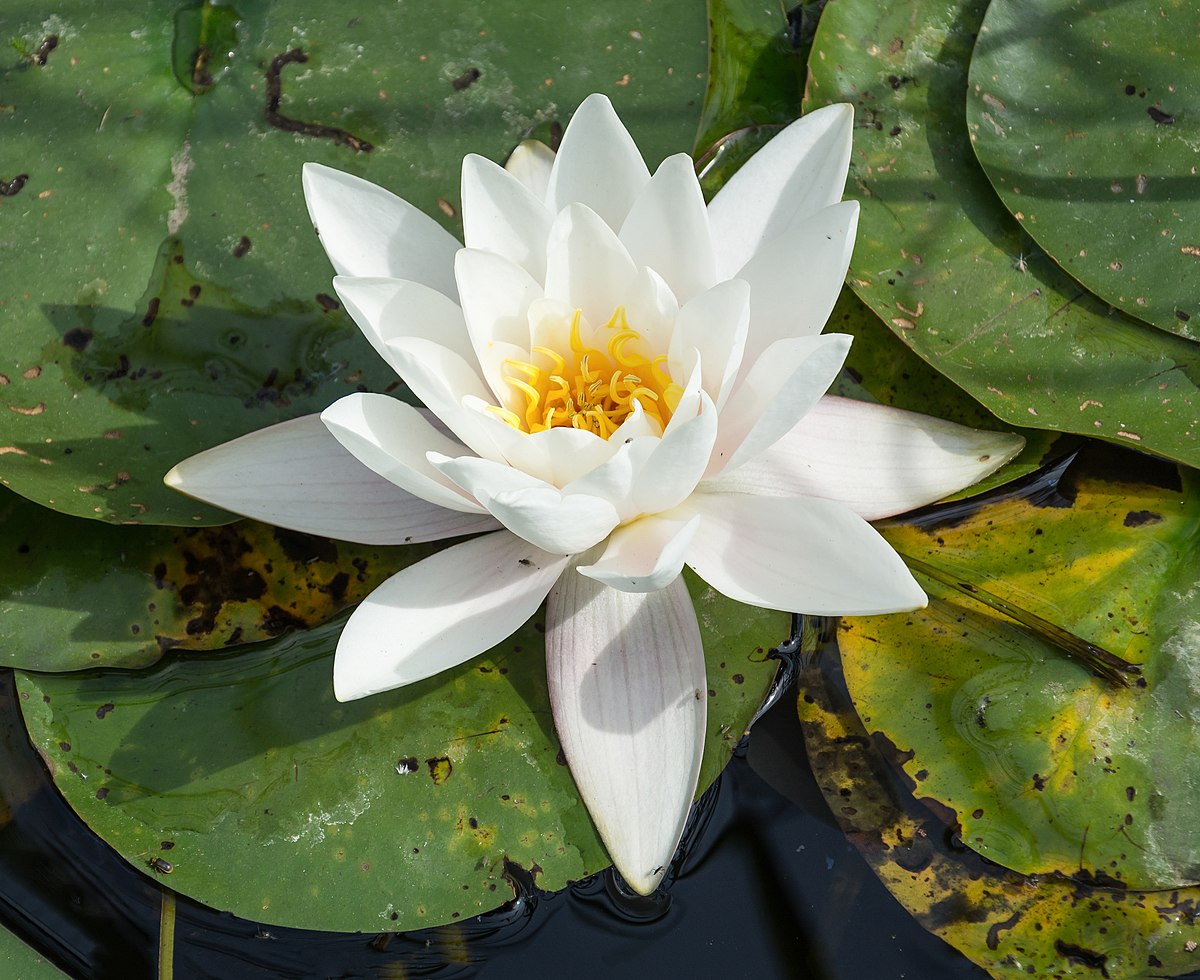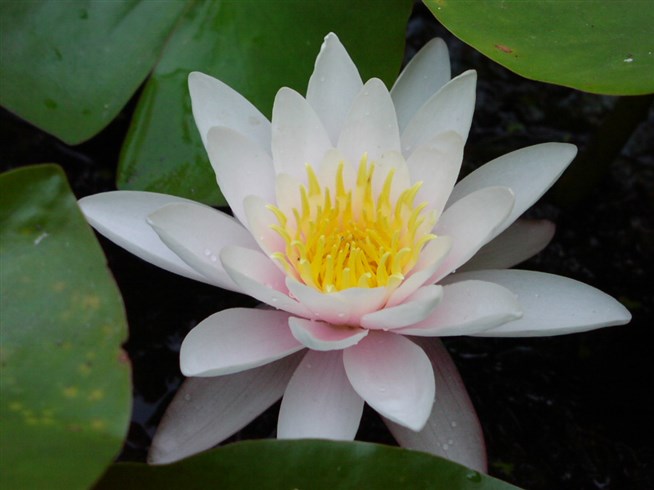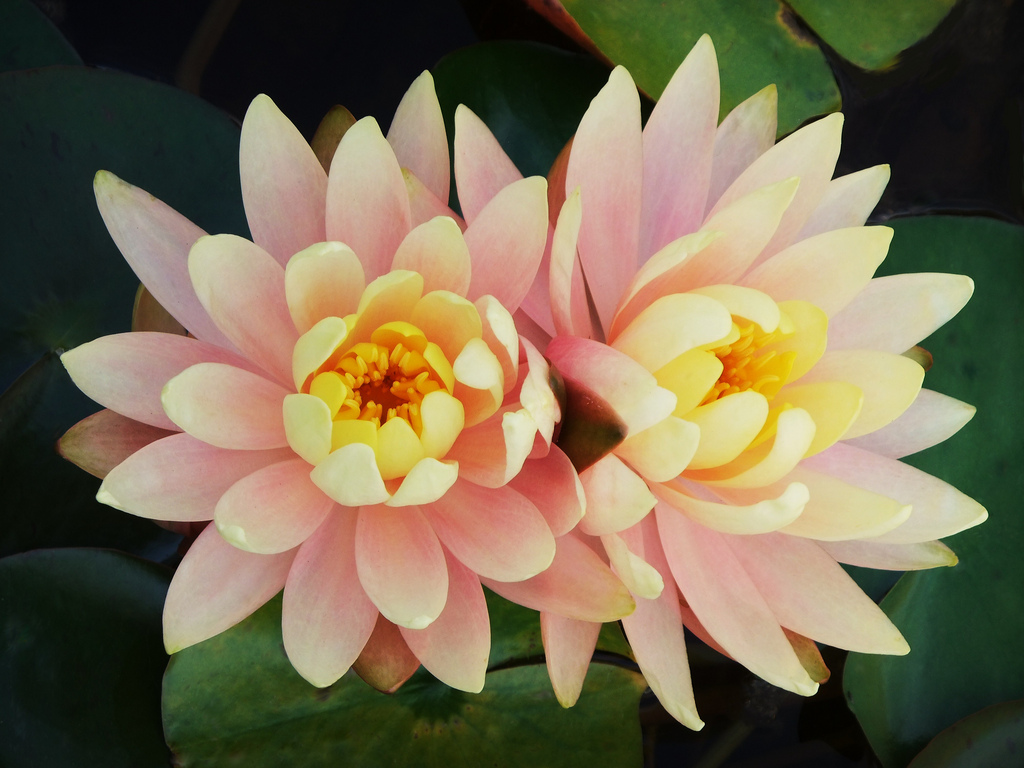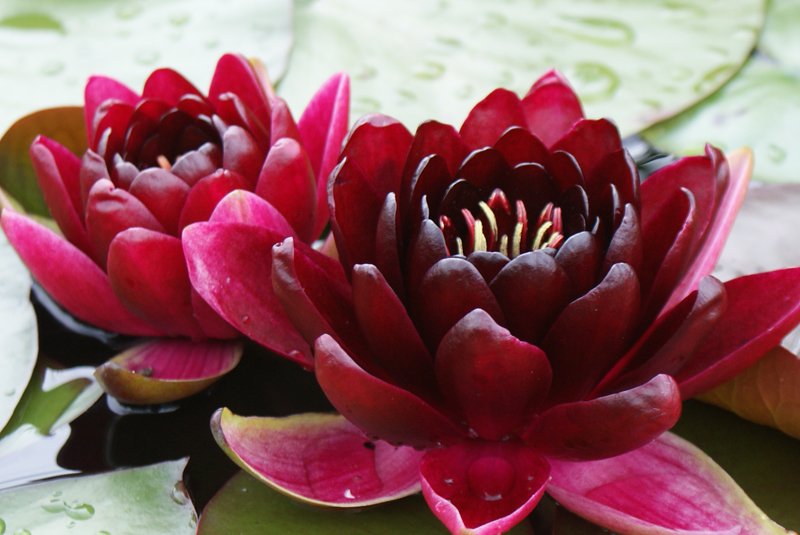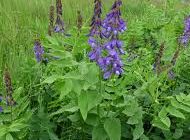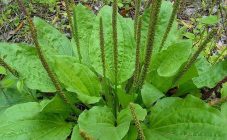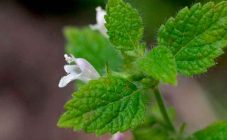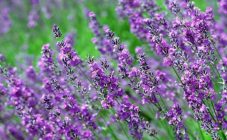Content:
This beautiful plant in Russia was called "overcome the grass". In fairy tales and legends, it was said about its magical power. To this day, you can find a bunch of conspiracies on this herb from various misfortunes, and the range of its influence is unlimited. Folk fantasy attributed to her the ability to help from unrequited love, serious illnesses, from gunshot and stab wounds, from business failures. Amulets with a conspiracy overpowering grass were taken with them, going to risky ventures, by people inclined to adventurism. Legends say that overcoming the grass could not only protect from misfortunes, but also restore health, help defeat enemies. Moreover, the symbolic sign of this herb is the Slavic swastika, framed by a circle with petals at the edges.
And now they remembered about her, and even started breeding her in connection with a fashionable trend - the creation of landscape design on a personal plot. What a design without a pond, and a pond without water lilies. Because overpowering the grass is nothing more than water lilies, or water lilies, or, as they are also called, nymphs.
Appearance and varieties of water lilies
It so happened that the appearance of these flowers played a cruel joke with them - because of their beauty, they were mercilessly plucked in armfuls, therefore they were listed in the Red Book as plants on the verge of extinction. They were saved by enthusiastic breeders and the huge demand that formed in the flower market due to the fashion for artificial reservoirs. Now there are more than 45 varieties of water lilies, nymphs or water lilies.
What are the specific features of these flowers:
- These are aquatic plants of the water lily species. A characteristic feature is floating large flowers and large heart-shaped leaves 20-30 cm in diameter.
- Long sturdy stems grow from a powerful rhizome that sits firmly in the silty soil of the reservoir and spreads over the surface.
- Flowers from 5 to 20 cm in diameter in different colors - white, pink, yellow, blue. There are multi-colored - white inside and dark pink petals around the edges.
- Water lilies differ not only in color, but also in the number of petals, and the degree of immersion in water - there are varieties that rise above the water on a strong peduncle, and there are those submerged in the water with a receptacle, and only petals are visible above the water.
Varieties and varieties of water lilies
These aquatic plants of the water lily family include over 50 species. Some of them are worth focusing on because of their exceptional beauty and healing properties.
Nymphaea alba L
This flower has the status of "vulnerable species", which means that it is on the verge of extinction. In the wild on the territory of the country, it is found only in the Leningrad region, in water bodies near the Luga Bay. Features of this flower:
- Nymphea Alba - this is the name of this water lily, grows in lakes and rivers with a slow flow. Blooms in mid-June and blooms until August, and sometimes up to September.
- The length of the flower stem is up to 2 m, large leaves with a heart-shaped base on strong petioles.
- The flowers are large, resting on a pale green, four-leafed calyx. Their diameter is 20 cm, the color of the petals is creamy white. The core is bright yellow, studded with numerous stamens.
Small, or tetrahedral Nymphea Tetragona (N. tetragona)
In the wild in the country, it grows in the reservoirs of Central Russia and Siberia. It has the following features:
- Perennial rhizome aquatic plant with long petiolate leaves.
- The flowers are not large, from 5 to 7 cm in diameter. The water lily, called the tetragona because of its four-petal receptacle, can be white or pink.
- This nymphea grows in reservoirs with a depth of 0.5 to 1.5 m. If the reservoir suddenly becomes shallow, it will not die, but will grow on land. Decorate any mini pond.
Fragrant water lily (Nymphaea odorata, Nymphaeaceae)
This water lily is found in the wild on the American continent from the United States to Nicaragua. It became known as Odorata because it has a wonderful smell, which makes it a desirable inhabitant of artificial reservoirs. In addition to its amazing smell, it has the following features:
- The leaves of this water lily are two-colored - red from below, green upper part.
- Multi-petal flowers - up to 42 petals. In the center of the flower, long and powerful stamens form a shaggy yellow circle.
- The color of the petals is often white, but pink are also found.
- They can grow in both deep water bodies and shallow ponds.
Nymphaea Sioux
Chameleon plant that changes its color from orange to dark red:
- Suitable for small to medium sized ponds. Flowers from one rhizome occupy an area of 0.8 to 1 sq. m.
- Leaves are cordate, green with red specks.
- They can be called orange purely conditionally, because their color is constantly changing during one season.
- The diameter of the flowers is 15-17 cm, the number of petals is 19-20.
Wanvisa (Nymphaea Wanvisa)
This water lily is the winner of the 2010 International Water Lily Flower Competition. This variety was bred in Thailand. The rosette of the flower is very large, raised above the water. The color of the petals is pink with white specks and streaks. It looks like marble. The aroma of this water lily matches the appearance, very subtle, heady. It begins to bloom in mid-summer and blooms until late autumn. It took root well in the Russian expanses in heated ponds. It will not survive a serious winter.
Nymphea (Black Princess)
It is one of the most beautiful decorative flowers of this species. The name "black princess" was given for the maroon and sometimes almost black color of the petals. The velvety color of the overripe cherry of a large flower allows him to look like a princess.
Why is this water lily a desirable inhabitant of private water bodies?
- She is unpretentious - both hot summer and cold winter are nothing to her.
- This is an abundantly flowering plant - in a few years, 5-6 flowers are formed from one root, rising high above the water.
- The diameter of the flower reaches 20 cm, and the number of petals is 40.
Why is this plant useful?
At first glance, the benefits of this plant are obvious - it pleases the eye and pleases the sense of smell. But the ancestors were not so simple, who gave him such a meaningful name as overcome grass. It was a talisman, spoken from a thousand and one misfortunes. What power lies in this amazingly beautiful plant? It turns out that there is such a force:
- Water lily rhizomes are saturated with a huge amount of tannins. With a decoction of the roots, people used to dye fabrics in dark colors. This property is used even now, when, due to circumstances, natural dyes are needed.
- Nymphaline glycoside, a crystalline powder obtained from nymphaea rhizomes, is an excellent remedy for migraine-type headaches. And it is also an indispensable component of many medicines used in the treatment of tumors of various etiologies.
- The petals and leaves of the plant are used in the treatment of gynecological problems in women, as well as in the treatment of neuroses.
- The water lily has powerful antipyretic properties. No wonder people took this herb with them. She saved from fever with colds.
- This herb was used to treat heart disease, insomnia and rheumatism.
- A water lily leaf tied to an abscess or puncture wound promoted early healing, and this was also known among the people.
So conquer grass fully lives up to its name.
What are water lilies sick with?
Helping people to cope with their illnesses, the water lilies themselves are not immune either from diseases or from pests that lie in wait for them at every step:
- The worst enemy of water lilies is aphids. You can fight it only by natural means - planting ladybirds on sick nymphs or spraying them with an infusion of field horsetail. No means of chemical protection are applicable here. The pond will be unsuitable for other inhabitants.
- The water lily booger loves to feast on the juicy leaves of the nymphs. To destroy it, you will have to submerge the water lilies in water for 4-5 days.
- Of the diseases, the most dangerous is black root rot. The leaves begin to turn yellow. You will have to remove the plant from the pond and keep the rhizomes in a special solution against fungal disease. And then hold it for some time in a separate container in quarantine.
- Leaf spot or powdery mildew, detected in time, can be stopped by removing diseased parts of the plant. Otherwise, you will also have to remove the plant from the pond and treat it with special means.
Collecting water lily leaves and flowers is best during flowering. And rhizomes - from the moment of flowering until autumn. Since many types of water lilies are listed in the Red Book, harvesting should be carried out only if there is confidence that the chosen flower is not listed in the register of plants under the protection of special state bodies. Otherwise, such raw materials for treatment fees will cost more than dental prosthetics. The fines are serious. And the damage to nature is considerable.
